Wondering how to improve air quality in your home with pets and kids around? It’s easier than you think, and your family will breathe better.

Between kids, pets, and everyday messes, indoor air can get surprisingly polluted, and your HVAC system often ends up recycling it all. If your home feels stuffy, smells a little off, or triggers more allergies than usual, it’s probably time to rethink how you manage air quality. Let’s break it down.
How to Improve Air Quality at Home with Pets and Kids
Indoor air can quickly become polluted in busy households filled with pets, kids, and daily activity. Your HVAC system often recycles all that dust, dander, and pollen, making the air feel heavy and stale.
Learning how to improve air quality in your home isn’t just about comfort; it’s about creating a healthier space for your family. With a few strategic habits and tools, you can reduce allergens, prevent odors, and enjoy fresher air every day.
Pet Hair and the Prevention of Air Pollution at Home
It’s not just about “dust in the air.” Movement in a busy household acts like a blender for pollutants. Every time your kids run down the hall or your dog does zoomies across the rug, they kick up invisible particles that would otherwise settle. Think: dried pet dander, dead skin cells, pollen tracked in from outside, food crumbs, lint from blankets and clothing, and microscopic fecal matter from dust mites.
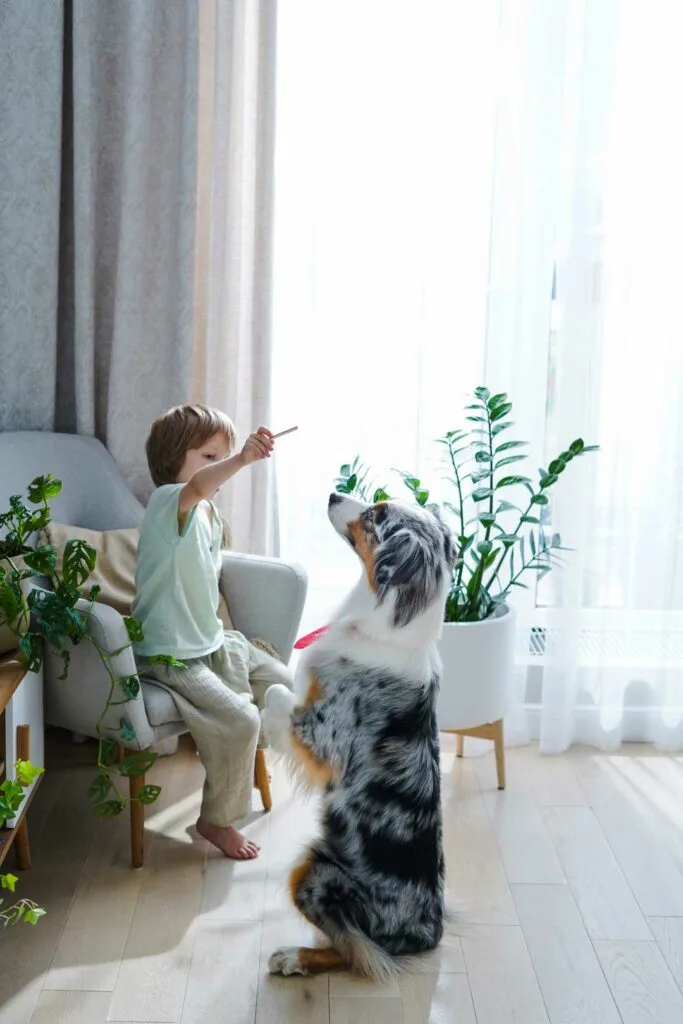
Pets shed dander and hair, but also bring in outdoor allergens. Kids introduce all sorts of gunk from school, playgrounds, or sports fields. Soft furniture, rugs, and even HVAC filters can trap these particles, until they’re stirred back into the air. Unwashed “soft toys” and blankies often go uncleaned for months, and become dander bombs for toddlers and babies.
It’s not just “movement kicks up dust”, it’s how and where the movement happens that matters. High-velocity zones like stairs and hallways act like mini wind tunnels, redistributing particles throughout the home. Every footstep creates a pressure wave that pushes air (and particles) forward, like a leaf blower for allergens.
Soft surfaces = pollutant warehouses. Carpets, curtains, dog beds, and couch cushions store microscopic allergens like a sponge until someone sits, jumps, or lies down.
Pro tip: Homes with kids and pets should be mapped into “airflow zones” and cleaned based on traffic patterns, not just room-by-room. That’s a game-changer in the prevention of air pollution indoors.
Health Risks and Ways to Reduce Air Pollution
Poor air quality in a family home isn’t just an allergy trigger, it’s a daily disruptor. Constant exposure to airborne pollutants can cause increased fatigue and brain fog, especially in kids doing homework or remote learning; worsened asthma, eczema, and allergies, particularly with trapped pet dander and dust mites; and behavioral issues in kids, as some studies suggest a link between pollutant exposure and difficulty concentrating or regulating emotions.
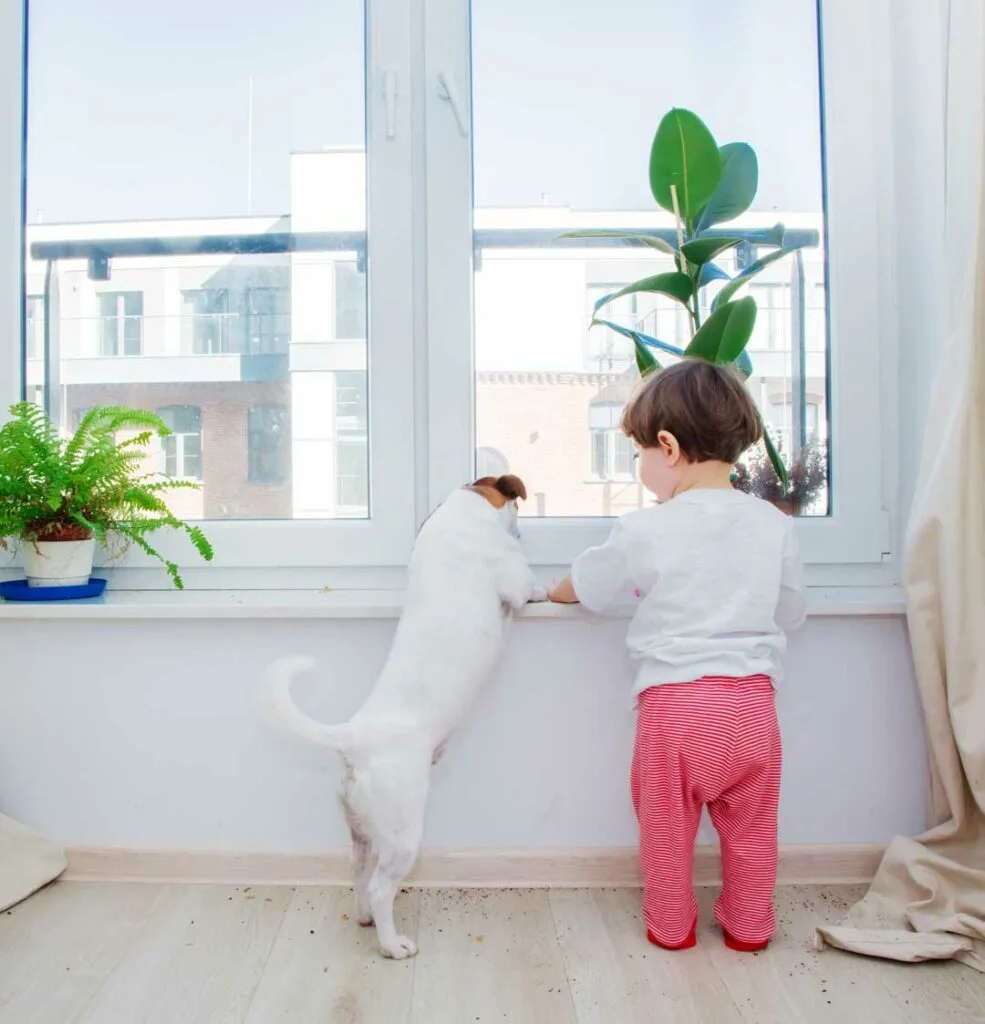
Sleep disruptions are also common, because breathing in dirty air can inflame airways and dry out sinuses. It’s not just from snoring or coughing, high levels of particulate matter can subtly disrupt your nervous system’s ability to reach deep, restorative sleep cycles.
Forget the usual “itchy eyes and sneezing” stuff, here’s what’s less talked about: kids’ immune systems overreact. Chronic low-level exposure to pet dander and dust can keep a child’s immune system in a constant state of alert, leading to higher allergy risk later in life, even to unrelated triggers like food or pollen.
Mood shifts in both kids and adults are another hidden effect. Studies link poor indoor air to irritability, low mood, and even trouble regulating emotions. In homes with neurodivergent kids (e.g., ADHD), bad air can make symptoms worse.
Plus, dirty air doesn’t feel good. It smells stale, feels heavy, and makes your home feel less fresh even right after you clean. Tackling these issues with realistic ways to reduce air pollution is more impactful than chasing symptoms.
You don’t need a hospital-grade filter to feel a difference. Just removing the chronic load your body deals with every day leads to clearer thinking, calmer energy, and better sleep. That’s the true power of cleaning the air consistently.
How To Improve Air Quality?
You don’t need a lab-grade setup. Think in layers: filter the air using MERV-13 or higher HVAC filters (if your system allows), and run a HEPA purifier in high-traffic rooms. Then reduce what goes airborne, vacuum rugs, floors, and upholstery with a sealed HEPA-system vacuum.
Avoid sweeping and feather dusters; they just stir things up. Add fresh air by cracking windows when outdoor air quality is good, especially after cooking or cleaning. And control moisture, dust mites, mold, and bacteria thrive in humidity, so aim for 30-50% indoor humidity using a dehumidifier or ventilation fan.
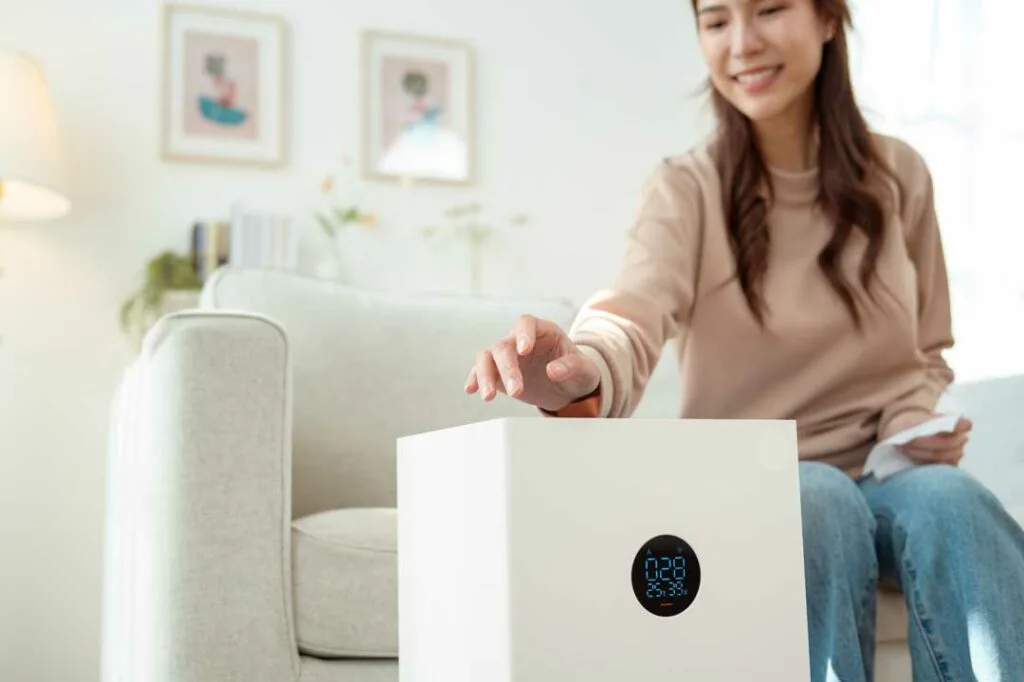
Everyone says “take off your shoes.” Let’s raise the bar. Do a quick micro-clean after outdoor activity, wipe paws and the floor near the door with a dry microfiber mop head to trap whatever got tracked in. Vacuum in slow motion, seriously, slow passes pick up more, while fast ones just stir dust into the air. And switch to unscented everything. Scented laundry detergent, dryer sheets, candles, and sprays all release VOCs. You’re cleaning the air, but also polluting it unless you’re mindful.
These practical ways to purify air help reduce the everyday load your home and lungs are carrying.
What We Can Do To Keep Air Clean?
Here are tiny habits with oversized impact: shoes off at the door cuts down 70% of tracked-in pollutants. Wipe paws and backpacks, a quick wipe-down when your dog or kid comes inside keeps the worst of it out. Brush pets outdoors to keep hair and dander from becoming airborne inside. Crack a window when cooking, especially with gas stoves or anything that smokes. Run your HVAC fan for 15-30 minutes every few hours to circulate and filter air without needing to crank the AC.
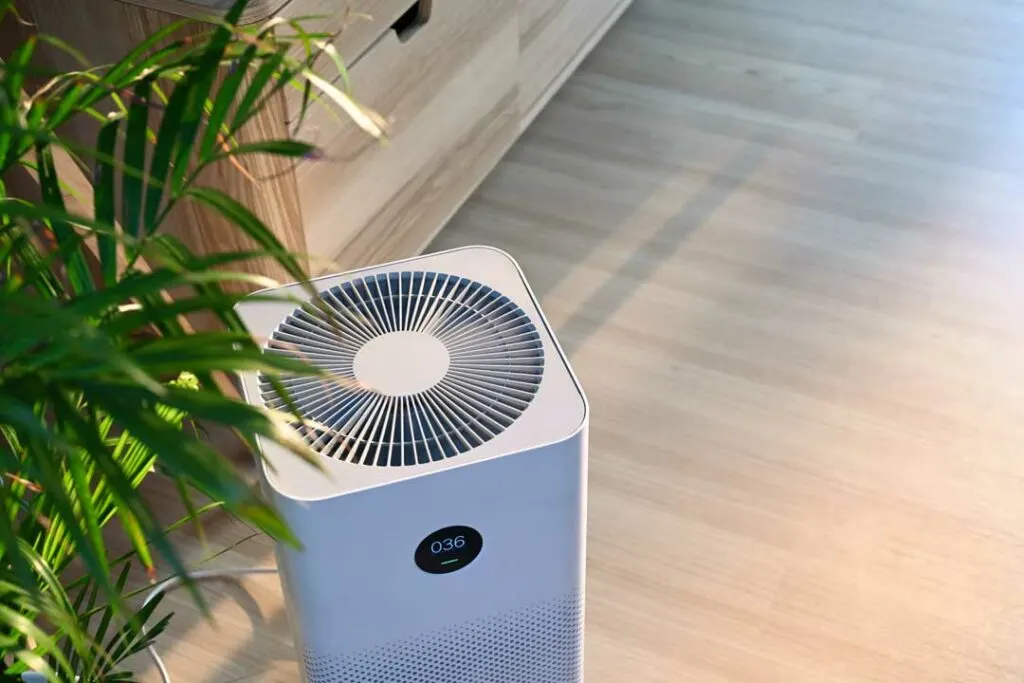
This is where most people fall off: they buy a purifier, then forget to maintain it. A long-term plan works better when it’s tied to your home’s rhythm. Use a “Friday fresh start” routine, run the fan, open the windows for 20 minutes, vacuum slowly, and reset. It’s more maintainable than trying to do a monthly deep clean. Set a recurring “air quality check-in” once per season: change filters, clean vents, and run your sensors to check for trends. Make a replacement plan part of your budget. Filters, UV bulbs, dehumidifier trays, they all need replacing eventually, so add it to both your calendar and your wallet.
And pros use in their own homes smart HVAC dampers that let you zone off parts of your home and concentrate filtration where the chaos is, like kids’ rooms or pet areas. Standalone ERVs (Energy Recovery Ventilators) bring in fresh air without dumping humidity or heat inside. Activated carbon add-ons help remove odors and harmful gases that HEPA filters can’t touch, especially useful if you cook a lot or live near traffic. These are real solutions to air pollution that don’t require lifestyle overhauls.
Top Tools as Solutions to Air Pollution
Here are tiny habits with oversized impact: HEPA air purifiers work especially well in bedrooms and living areas, just make sure the model has a CADR (Clean Air Delivery Rate) suitable for the room size.
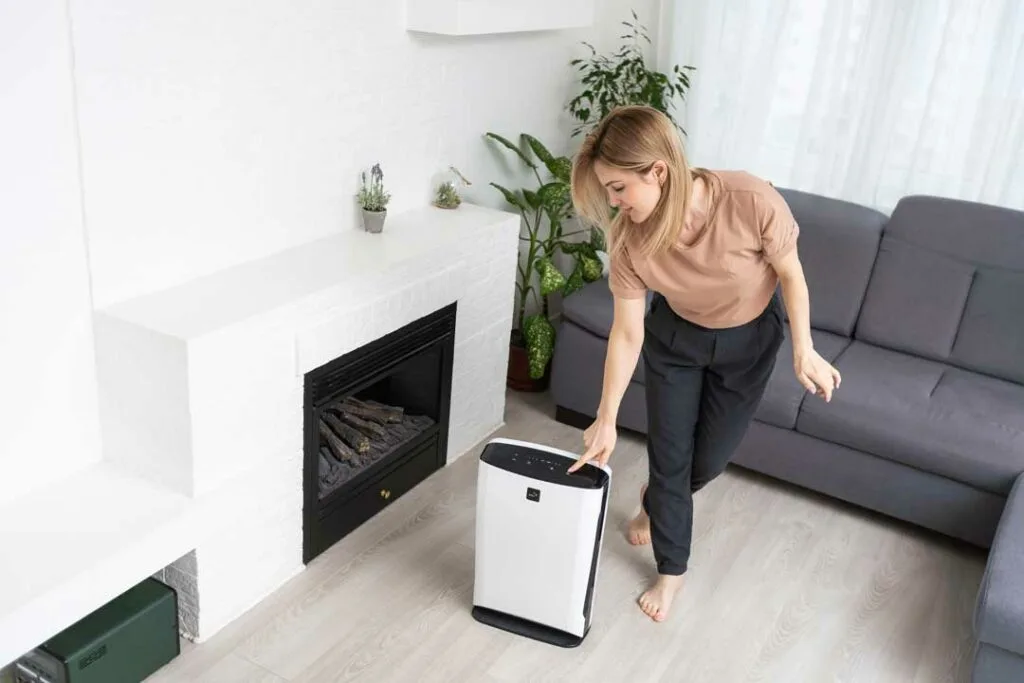
For allergy-prone households, whole-house filtration systems integrate into your HVAC and offer stronger filtering than standard options. UV-C systems in the HVAC can help neutralize mold, bacteria, and viruses right at the air handler. Ventilating dehumidifiers are particularly useful in humid climates or basements, since they combine fresh air intake with moisture control.
Smart HVAC dampers let you zone off parts of your home so you can concentrate filtration in high-traffic or high-chaos areas like kids’ rooms and pet zones. Standalone ERVs (Energy Recovery Ventilators) bring in fresh air from outside without adding humidity or heat. If you cook often or live near traffic, activated carbon add-ons are key, they remove odors and harmful gases that HEPA filters can’t catch. These layered upgrades offer some of the most effective solutions to air pollution available to households today.
For tech lovers, smart air quality monitors like Awair or Airthings offer real-time feedback and help you notice trends, such as how your air shifts after cooking or cleaning. Some smart thermostats even have built-in air quality sensors that automatically increase fan speed when air quality dips, offering hands-off help.
What Measures Will You Use To Keep The Air Clean?
Here are tiny habits with oversized impact: long-term air quality isn’t about perfection, it’s about routines that stick. A sustainable approach includes quarterly deep cleaning of vents, ducts, and filters, along with annual HVAC tune-ups and upgraded filters. Seasonal air quality checks with a monitor help spot mold risk or rising pollutants before they become a bigger issue. Design choices also matter, machine-washable rugs, easy-to-clean furniture, and low-shedding pets (or regular grooming) reduce buildup from the start. These are simple ways to purify air without overhauling your life.
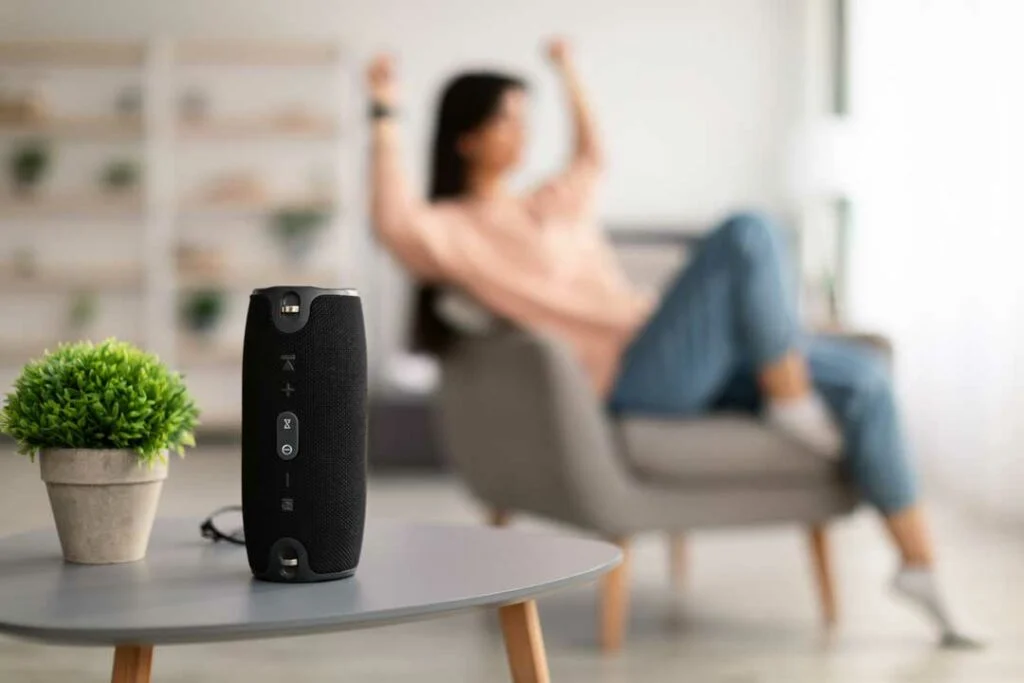
This is where most people fall off: they buy a purifier, then forget to maintain it. That’s why long-term plans work best when built into your home’s rhythm. A “Friday fresh start” routine, running the fan, opening the windows for 20 minutes, vacuuming slowly, and resetting, works better than trying to do a massive monthly clean. Seasonal “air quality check-ins” are key: change filters, clean vents, and run your sensors to check for trends. Don’t forget to build a replacement plan into your budget, filters, UV bulbs, dehumidifier trays all need swapping out eventually, so mark it on your calendar and in your wallet.
And finally, delegate. Get family members involved. Kids can wipe paws, feed the robot vacuum, or track the air quality score like it’s a game. Make the prevention of air pollution a household habit, not just a personal project.
Busy Homes and Easy Ways to Reduce Air Pollution
It’s all about passive systems plus smart habits. Clean air shouldn’t feel like another chore, it should happen in the background. Think of air quality like brushing teeth or doing laundry: tiny routines, not big overhauls. You don’t obsess over it every hour, but you do it regularly enough that problems never pile up.
Automate the heavy lifting with smart fans and purifiers that run on timers or kick in based on motion, schedules, or air quality levels, fewer things to remember. Use self-cleaning or low-maintenance filters and set phone reminders for tasks like filter changes or seasonal maintenance. These are the quiet solutions to air pollution that busy families need.
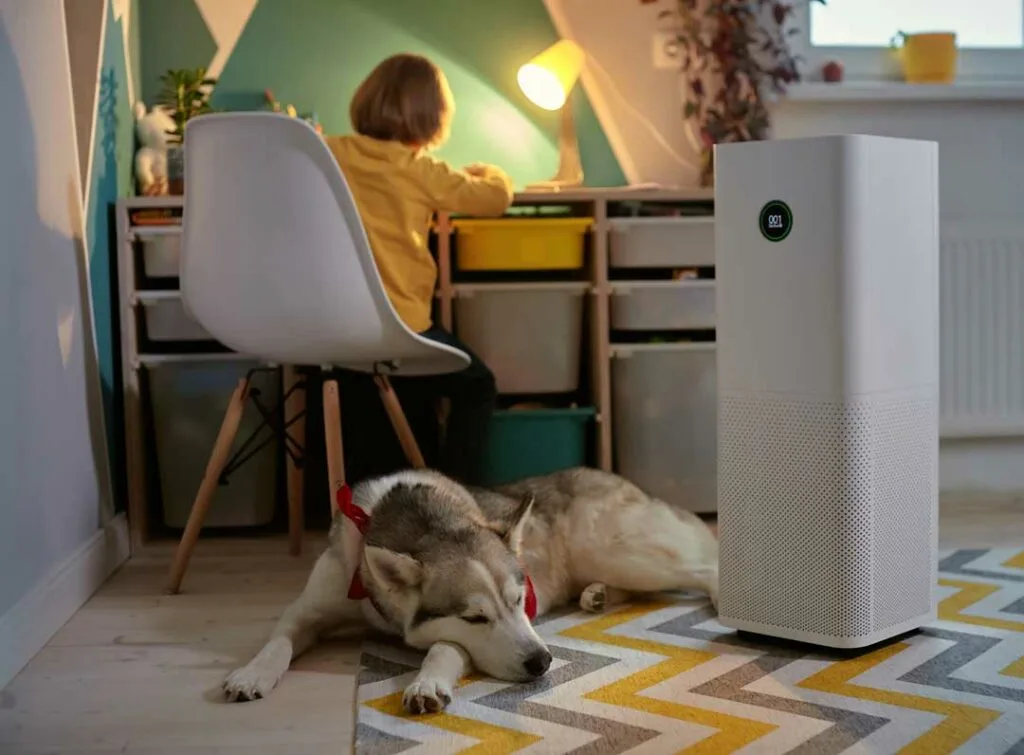
Then build micro-habits into your routine. Wipe surfaces while brushing your teeth. Toss soft toys and throw blankets in the wash every Sunday. Vacuum high-traffic spots while your coffee brews or while catching up on a podcast. Change filters on the first day of each new season. Bundle air tasks with things you already do, so they don’t feel like add-ons.
Make kids part of the system too. Put air monitors somewhere visible and let them track progress or “earn” points for low readings, like a real-life Tamagotchi. It’s one of the most sustainable ways to purify air and make your home feel fresh, automatically.
Easy Ways to Reduce Indoor Air Pollution for a Healthier Home
Improving indoor air quality doesn’t require expensive equipment or a complete home overhaul. By combining smart cleaning routines, air purifiers, and humidity control, you can minimize dust, pet hair, and allergens.
These small, consistent steps will keep your home feeling fresh and your family breathing easier. Start today with one or two simple changes, and you’ll notice the difference in both comfort and health.

Jessi is the creative mind behind The Coffee Mom, a popular blog that combines parenting advice, travel tips, and a love for all things Disney. As a trusted Disney influencer and passionate storyteller, Jessi’s authentic insights and relatable content resonate with readers worldwide.
